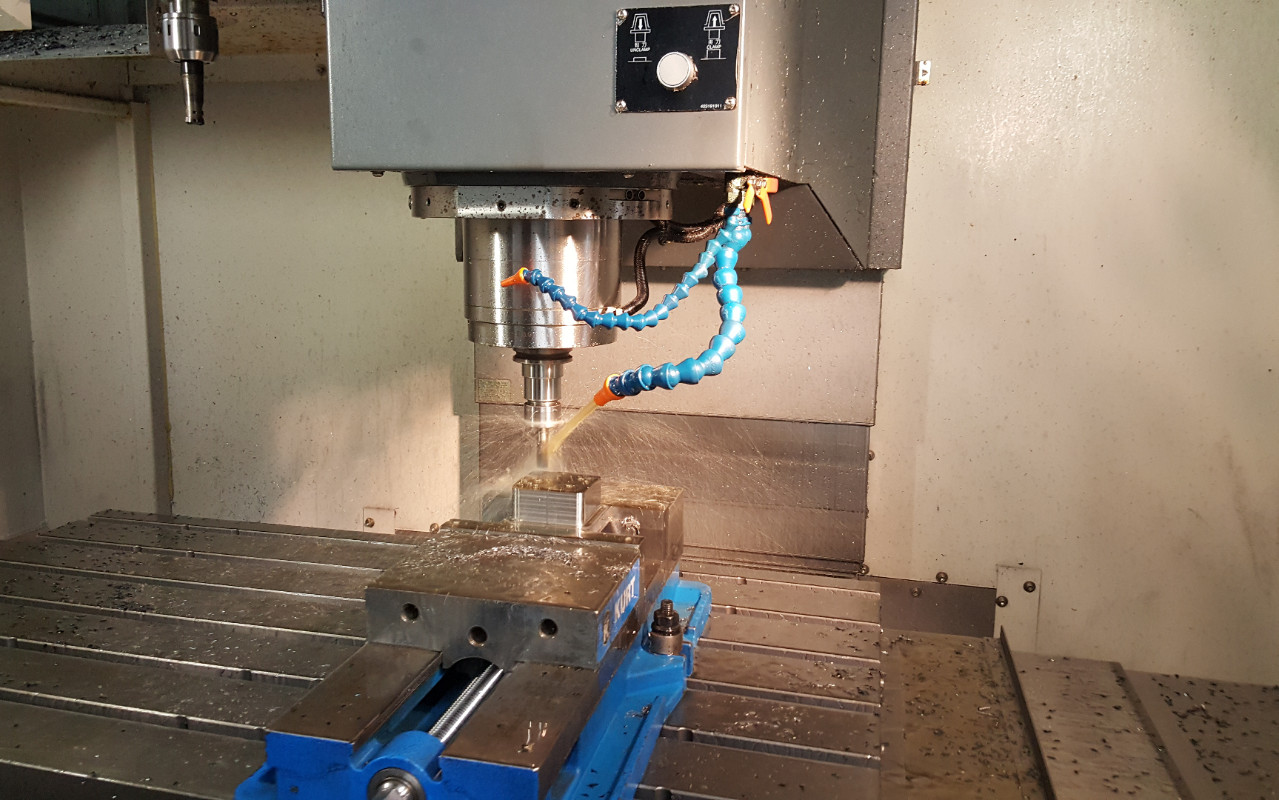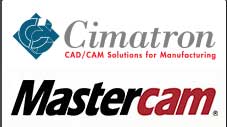What Does Injection Molding Entail?
Injection molding is a form of mass production that is typically employed when numerous identical parts are required. In injection molding, heated materials are injected into a mold, where they cool and solidify into the desired shape. Once the mold has been designed and manufactured, it can be used to produce thousands or millions of identical parts, making it suitable for mass production of parts used in a variety of industries.
These industries include aerospace, medicine, automobile manufacturing, and others.
Metal, glass, rubber, elastomers, confections, and plastic are all suitable materials for injection molding.
This adaptability makes it an excellent choice for those in need of mass-produced components.
Why Should You Use Injection Molding?
One of the most appealing aspects of injection molding is that production can be increased to almost any level. Initial costs for the design and mold can be prohibitive for small production runs, but once these costs are covered, the unit cost of injection-molded parts is minimal. In addition, as production increases, the unit cost tends to decrease significantly.
The turnaround time for injection-molded parts is relatively short. The process is ideal for mass production because a single injection molding machine can produce hundreds of parts per minute.
Plastic can be combined with other substances to create a stronger end product.
Injection-molded parts are exceptionally consistent. As a result, the variation between pieces is negligible, and this uniformity increases the dependability of the components.
When compared to other manufacturing processes, injection molding is regarded as extremely environmentally friendly. Numerous types of manufacturing have high rates of scrap and wasted materials.
Injection molding, on the other hand, produces relatively little waste. In addition, a large portion of the remaining plastic can be recycled, further reducing waste.
A significant portion of the injection molding process is automated, which reduces costs and produces a dependable, consistent, and error-free product.
Due to the molding process, injection molding can be used to create parts with a highly detailed design.
Numerous other production techniques are incapable of producing items with a high level of detail. This factor makes injection molding an attractive option for those seeking to manufacture complex parts with minimal error margin.
The Cycle of Injection Molding
The time required to complete a single cycle depends on a number of variables, such as:
Mold Colonies
When creating a smaller component, a mold with multiple cavities can be utilized.
Each time liquid is injected into a mold with multiple cavities, multiple parts are produced.
Therefore, the amount of time per cycle will increase, but each cycle will produce more parts.
Mold Cycle
The mold cycle is the amount of time required to complete a single injection molding operation.
However, the calculation of this time is not well-defined and depends on a number of variables, including:
- Type of Component
The density of the material used can affect the length of each molding cycle by increasing the time required for cooling.
- Section Thickness
A thicker component will require additional cooling time, extending the duration of each cycle.
Learn more about minimum wall thickness in plastic injection molding by reading our article on the topic.
- Molding Machine Type
Typically, electric molding machines are quicker than machines with hydraulic motors, reducing the cycle time.
- Runner and Sprue Trimming
The amount of time required to trim the runner and sprue after cooling can impact the duration of each cycle.
Hot runners can eliminate the need for trimming, or robots can perform the trimming automatically to increase production speed.
From Concept to Manufacturing
Effective injection molding begins with a solid plan. We collaborate with you throughout the entire process to ensure that the design, manufacturing, and quality control of your parts are optimal. Our engineers can assist you in selecting the material and surface finish, and our injection molding process minimizes the visibility of injection molding-typical markings.


